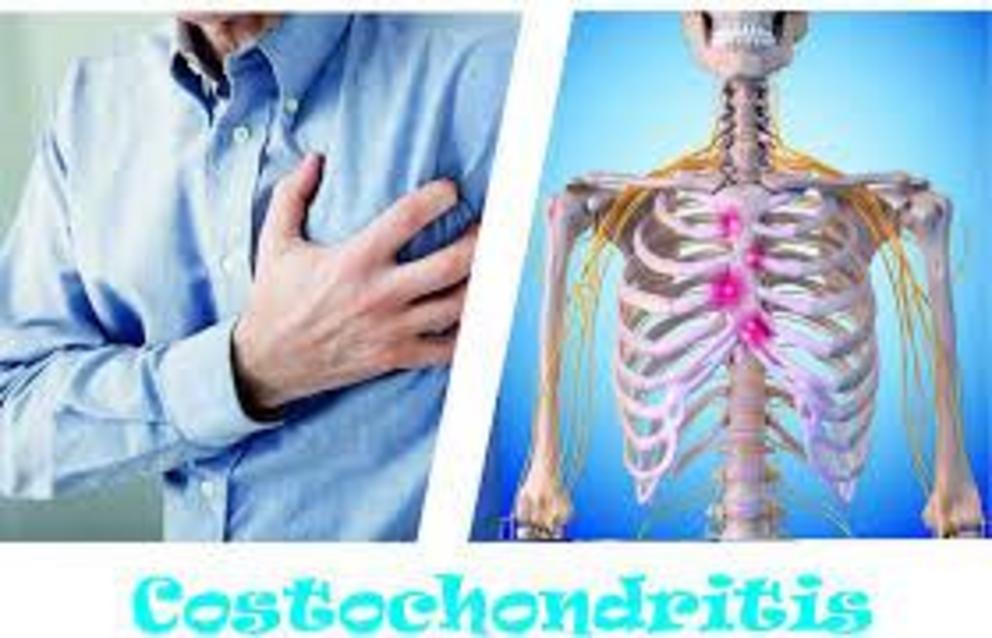Costochondritis: an introduction to this painful condition
Chest pain is never a good thing, and in some cases, it can be particularly alarming, as it may be a sign of heart problems. However, there are instances when chest pain, albeit very uncomfortable, is relatively harmless and not life-threatening. One particular example is costochondritis.
Basically, costochondritis is the medical term that refers to inflammation specifically found on the cartilage that connects your ribs to the breastbone or sternum.1 But to get a better idea of why and how this ailment manifests, it’s important for you to know first about the rib cage’s structure and how the chest wall works.
An Overview of Your Chest Wall and How It Functions
The rib cage is a bony structure that gives the lungs protection. When you breathe, your lungs need to move, but in order for this to happen, your rib cage needs to expand — you can actually see and feel this. But keep in mind that the rib cage is made up of bones that are rigid, hard and solid, and cannot move or bend too much.
This is where cartilage comes in. Cartilage is a soft and flexible yet strong connective tissue found in the joints all over your body, cushioning them and acting as a shock absorber.2 In the case of your ribs, cartilage is responsible for attaching the ribs to the breastbone, as well as the breastbone to clavicles or collarbones.
The joints between the cartilage and the breastbone are known as the sternocostal joints (or costosternal articulations),3 while those connecting the clavicles and breastbone are the sternoclavicular joints. Meanwhile, those connecting the ribs and cartilage are the costochondral joints. If inflammation occurs in any of these joints, or a combination of them, then you have what’s called costochondritis.4
Costochondritis Is Actually a Common Condition
While the name may sound alarming and ominous, you should know that costochondritis is actually one of the primary causes of musculoskeletal chest pain.5 It can actually affect various age groups, including children and adolescents.
In fact, some doctors even have patients as young as 10 years old complaining of this type of chest pain. According to WebMD, costochondritis is the culprit for 10 to 30 percent of chest pain in children and adolescents.6 This condition also affects women more than men.7
However, while it’s known that inflammation is the primary cause of this condition, the exact reason as to why it occurs is still unknown.8 There is also a variety of factors that have been associated with costochondritis, including infections, physical trauma, overuse of arms, tumors and other illnesses like arthritis.9 In women, pregnancy — brought on by the expanding abdomen — may also be a risk factor.
Note: Costochondritis Is Not the Only Cause of Chest Pain
Costochondritis actually goes away on its own after a few weeks, although in some cases, the pain may linger on for months. In some patients, a relapse may also occur. Nevertheless, this is a relatively harmless condition and is entirely preventable and treatable.
However, keep in mind that there are other potential causes of chest pain — and some of them could be particularly dangerous, like heart attack or cardiovascular problems. It’s best to consult a physician to get a proper diagnosis.
If you’ve confirmed that it’s costochondritis, though, you may want to know more information about this illness. You’ve come to the right place — check out these pages and discover facts about costochondritis: its usual triggers, hallmark symptoms and what you can do to ease the pain.
For full references please use source link below.

